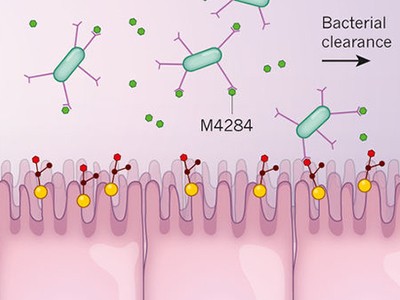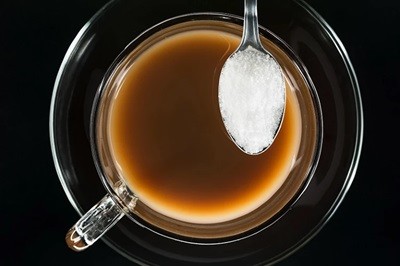
The sugar in a lollipop activates a receptor in the tongue. Its 3D structure has now been revealed.Credit: Iparraguirre Recio/Getty
Sugar has long seduced the human palate — and wreaked havoc on public health. Now, researchers have taken a decisive step towards understanding how.
A team at Columbia University in New York City has, for the first time, mapped the molecular structure of the human sweet taste receptor and shown how two of the most widely consumed artificial sweeteners bind to the receptor and activate it. The discovery, reported today in Cell1, offers a detailed look at how our tongues perceive sweetness, and could pave the way for more health-conscious fizzy drinks, chewing gums and other confections.
“This single receptor is responsible for our insatiable, never-ending attraction to sugar,” says Columbia neuroscientist Charles Zuker, who led the study. “And now that we have this structure, perhaps we can find ways to modulate its function.” For example, compounds that target the receptor could alter how natural sugars are sensed by taste buds on the tongue.
A spoonful of structure
From ripe fruit to saccharine-laden yogurt, foods containing either sugars or their substitutes turn on the sweet taste receptor, triggering a signalling cascade that the brain regards as a sign of energy-rich rewards.
Zuker and his colleagues first identified2 the receptor in 2001, showing that it is a molecular complex made of two proteins, TAS1R2 and TAS1R3. One latches on to the sweet molecule, and the other provides structural support.
A spoonful of sugar could be the medicine
Yet, despite more than 20 years of study, the sweet receptor’s precise architecture remained elusive, even as scientists deciphered the structures of other taste receptors, such as the one for bitterness.
Now Zuker’s team has finally cracked the structure. The researchers stabilized the fragile protein complex in its active conformation, a crucial prerequisite step for high-resolution imaging. Using cryo-electron microscopy, they then captured atomic-level snapshots of the receptor bound to two synthetic sweeteners: sucralose (sold commercially as Splenda) and aspartame (found in NutraSweet). Both bind more tightly to the receptor than natural sugar does, helping to fix the receptor in place for the authors’ structural analysis.
Sweet spot
The images revealed that the TAS1R2 subunit has a pocket that either sucralose or aspartame can occupy. Each binds to it slightly differently, however, hinting at a flexible mechanism that allows the receptor to recognize a wide range of sweet-tasting compounds. The TAS1R3 subunit, meanwhile — although not involved in binding of the sweet molecules — has a crucial supporting role by helping to assemble and stabilize the receptor complex.
Common sweetener suppresses mouse immune system — in high doses
“This really begins to clarify just how this receptor works,” says Kyle Palmer, a pharmacologist who co-founded and leads scientific operations at Opertech Bio, a taste-assessment company in Philadelphia, Pennsylvania.




